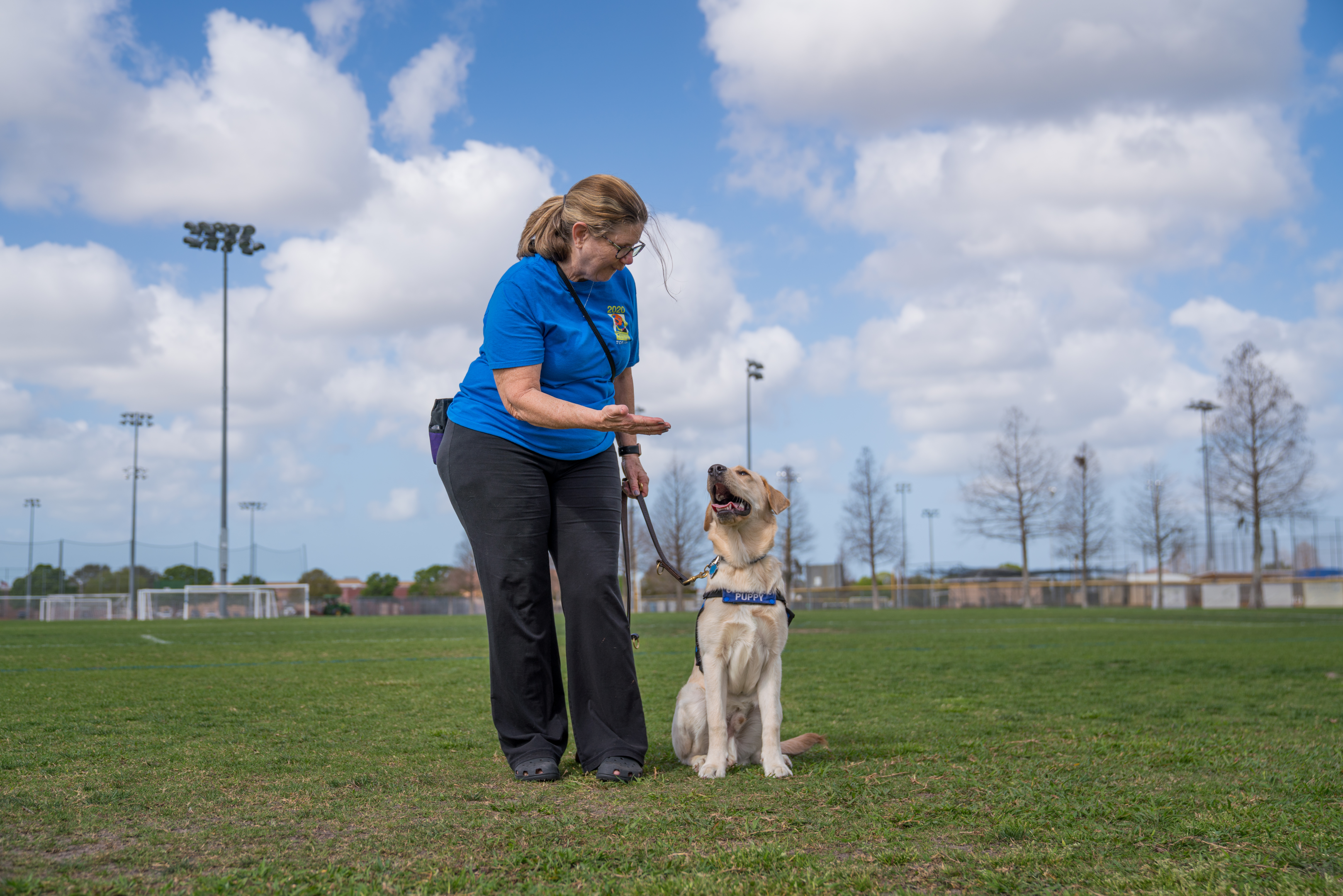
Ask the Vet: 13 Common House Plants That Are Toxic to Dogs
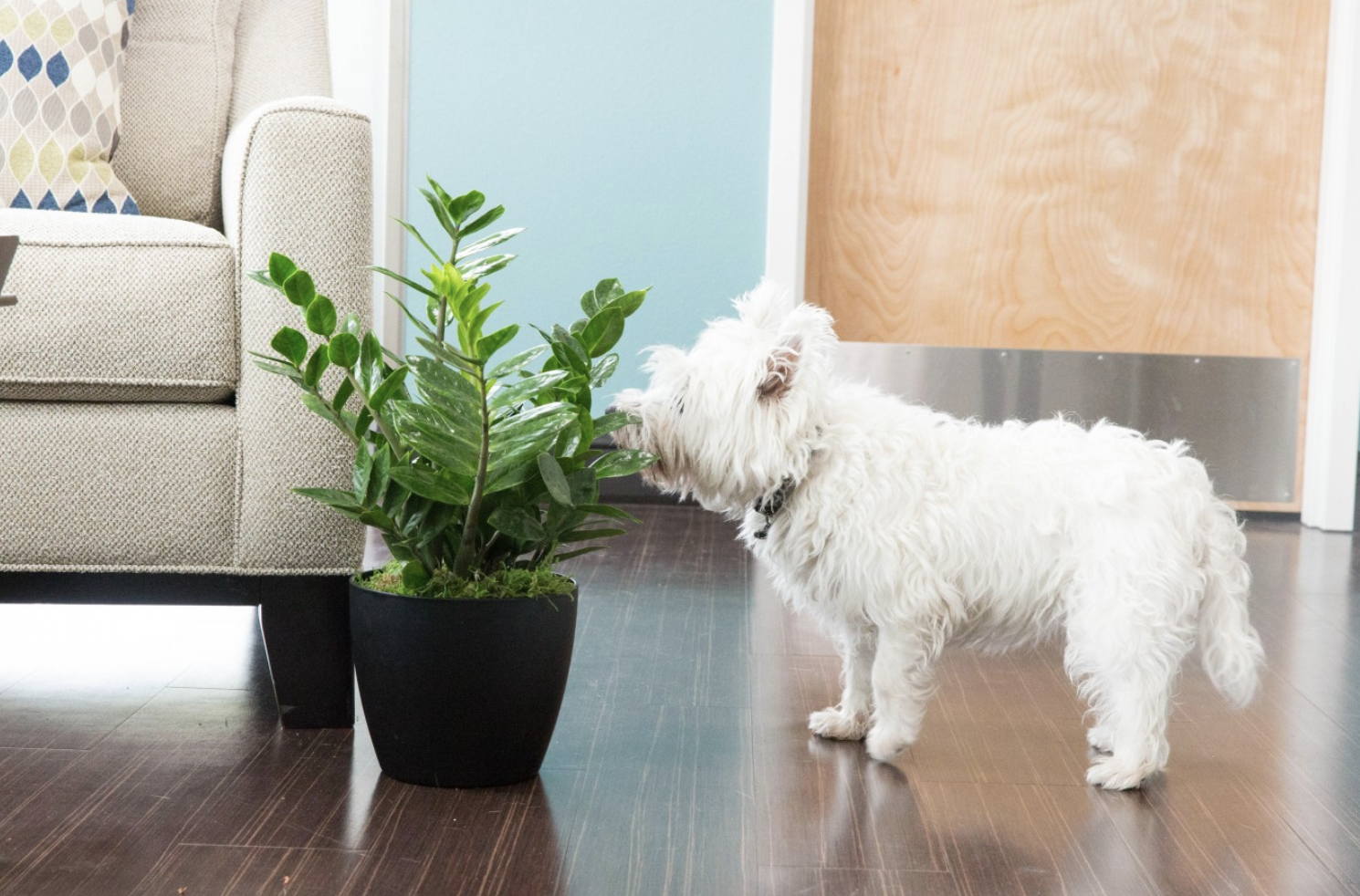
We love that dogs are naturally curious and enjoy exploring their surroundings, but this inquisitiveness can be dangerous. They love to eat—and not everything that goes in their mouths is safe. In some ways, they’re just like toddlers! This natural curiosity means dogs are often prone to sampling various plants and grasses found both inside and outside your home.
The problem is, some plant species contain toxic substances that can wreak havoc on a dog’s gastrointestinal system, nervous system, and blood pressure.
At Dogs Inc, our expertly trained guide and service dogs learn never to eat from the ground or chew on tempting foliage. While it may seem harmless, there are some common houseplants considered toxic that may pose serious health risks to your beloved pet. As a responsible dog owner, it’s important to educate yourself about the indoor and outdoor plants in your environment and take steps to prevent your furry BFF from ingesting them.
In this article, we’ll talk about common houseplants that are toxic to dogs, along with some essential tips to help you protect your pet and minimize their risk of ingesting poisonous plants.
House Plants Toxic to Dogs
The common houseplant: great for decor, the perfect leafy addition to add a natural touch to your home. Seriously, how dangerous can a peace lily, asparagus fern, or sago palm really be? But if you’ve got a dog roaming around, what seems like beautiful and harmless decor might pose a huge problem.
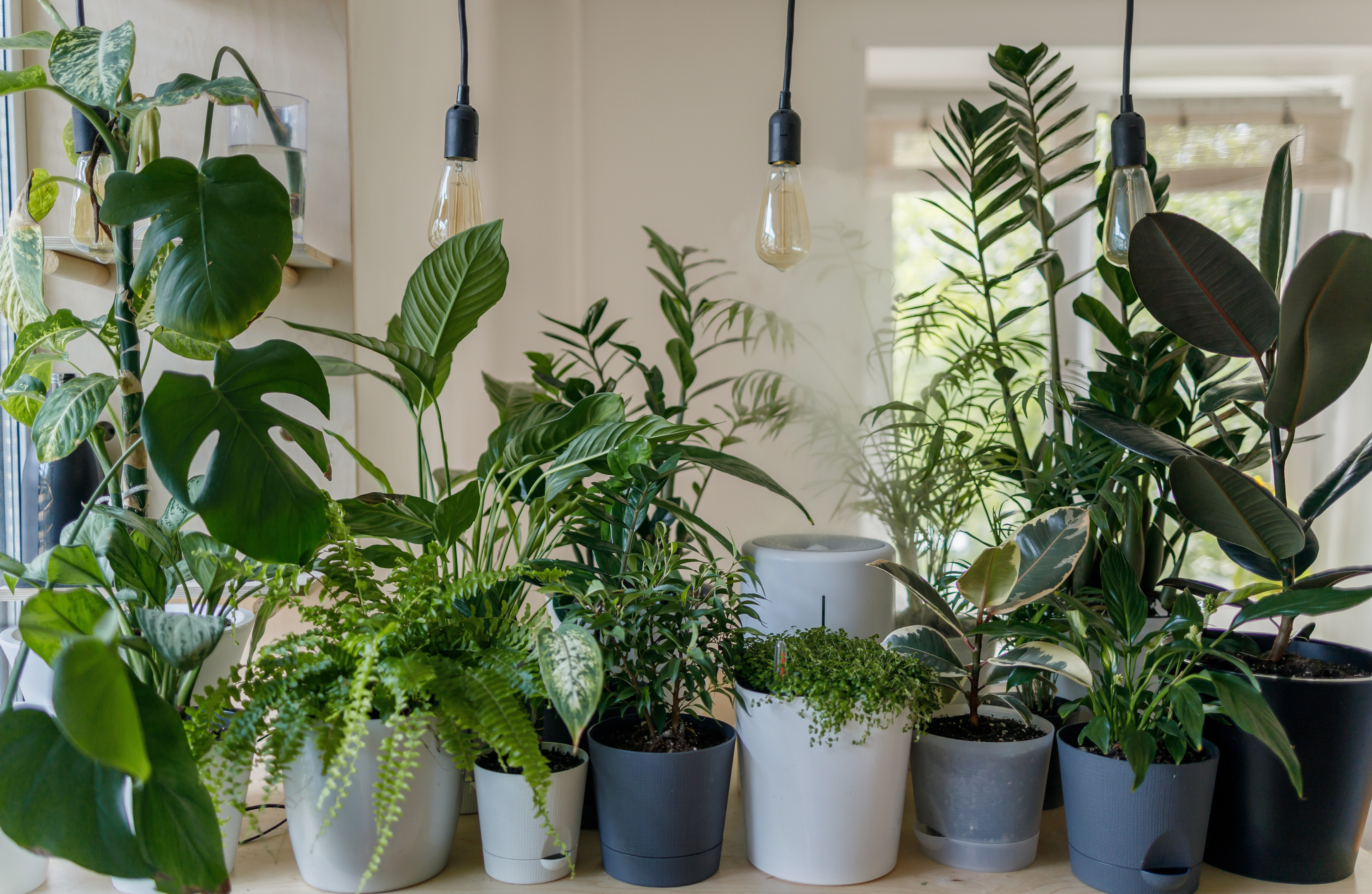
Most toxic plants cause harm by irritating the dog’s mouth and gastrointestinal tract, resulting in oral pain, oral swelling, drooling, vomiting, and diarrhea.
Consider eliminating these common houseplants from your home:
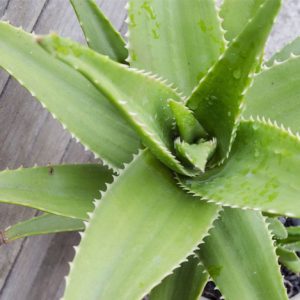
Aloe Vera (Aloe barbadensis) – can cause lethargy, vomiting, changes in urine
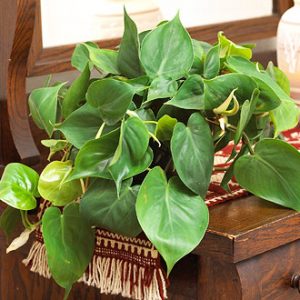
Philodendron (Philodendron spp.) – can cause mouth swelling and intense oral irritation, along with vomiting and difficulty swallowing

Snake Plant (Sansevieria spp.) – gastrointestinal signs and symptoms will appear, especially vomiting and diarrhea
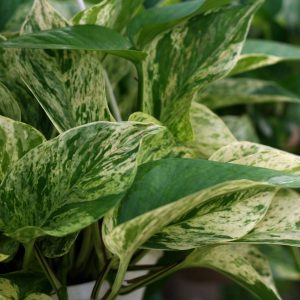
Pothos, or devil’s ivy (Epipremnum aureum) – contains insoluble calcium oxalates that act like little needles inside your dog
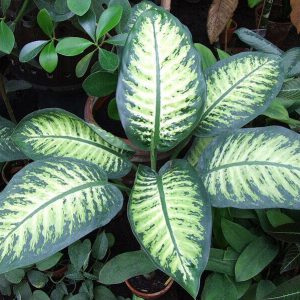
Dieffenbachia, or Dumb Cane (Dieffenbachia spp.) – can cause intense burning, excessive drooling, and vomiting
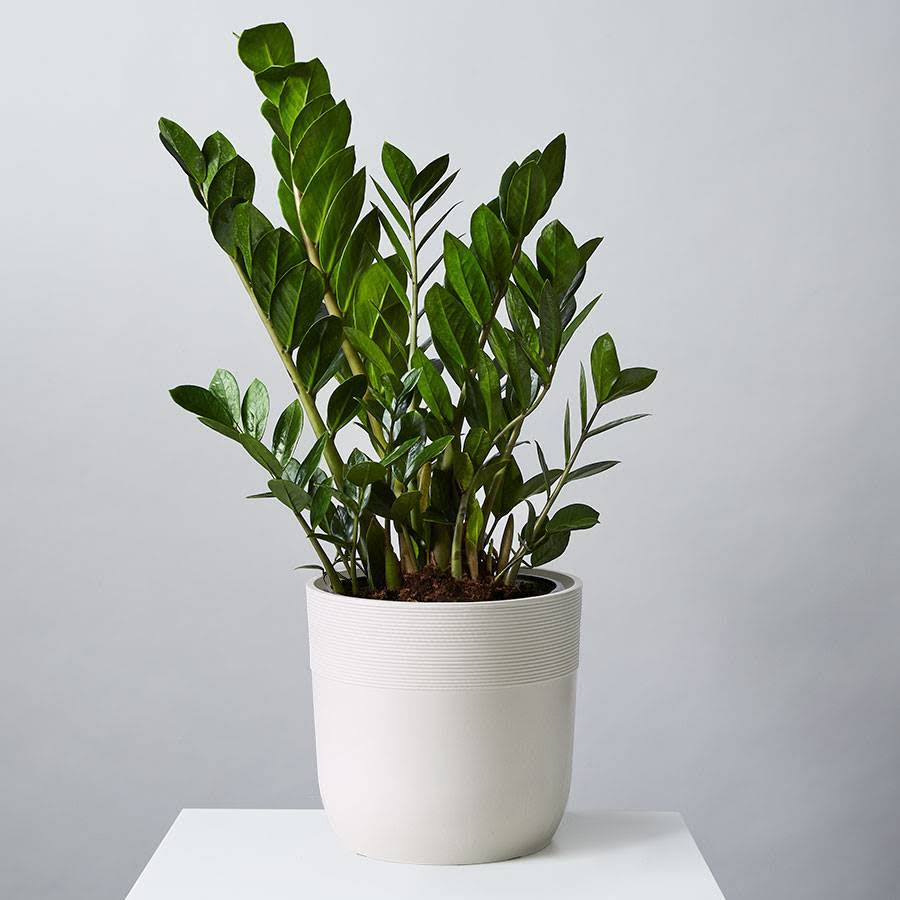
ZZ Plant (Zamioculcas zamiifolia) – can cause stomach pain, vomiting, and diarrhea

Dracaena, or dragon tree (Dracaena spp.) – can cause vomiting, excessive drooling, depression, and appetite loss

English Ivy (Hedera helix) – can cause abdominal pain, vomiting, and diarrhea
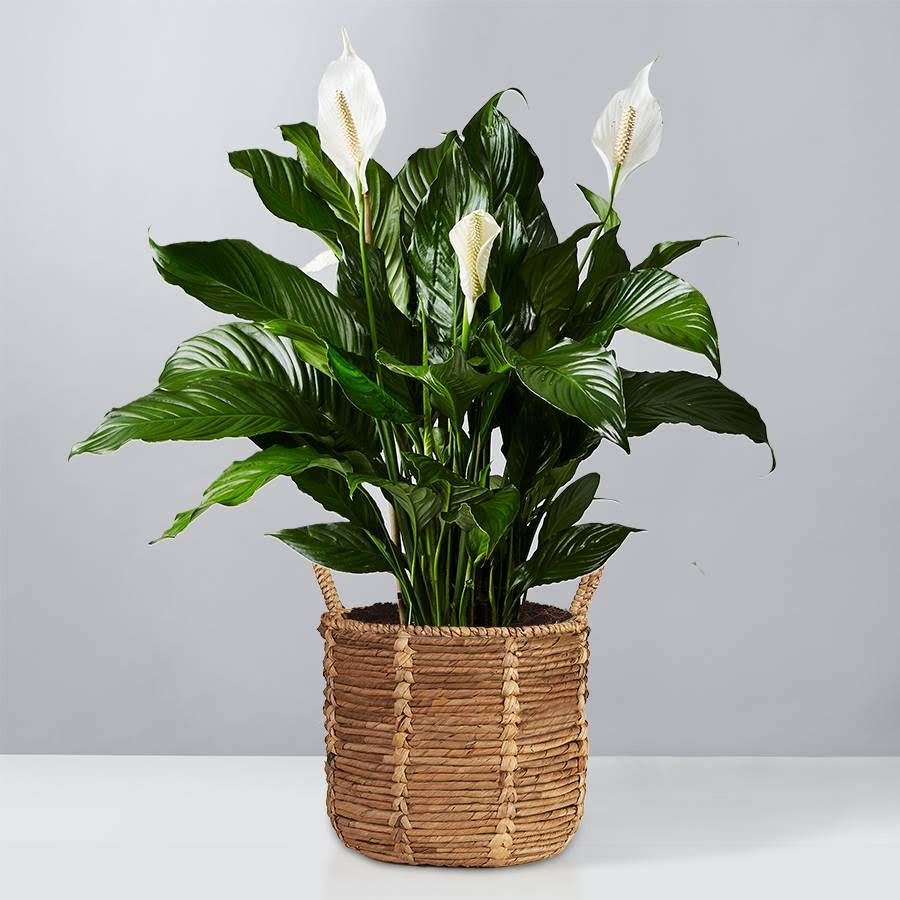
Peace Lily (Spathiphyllum spp.) – contains calcium oxalate crystals which cause oral pain and mouth swelling
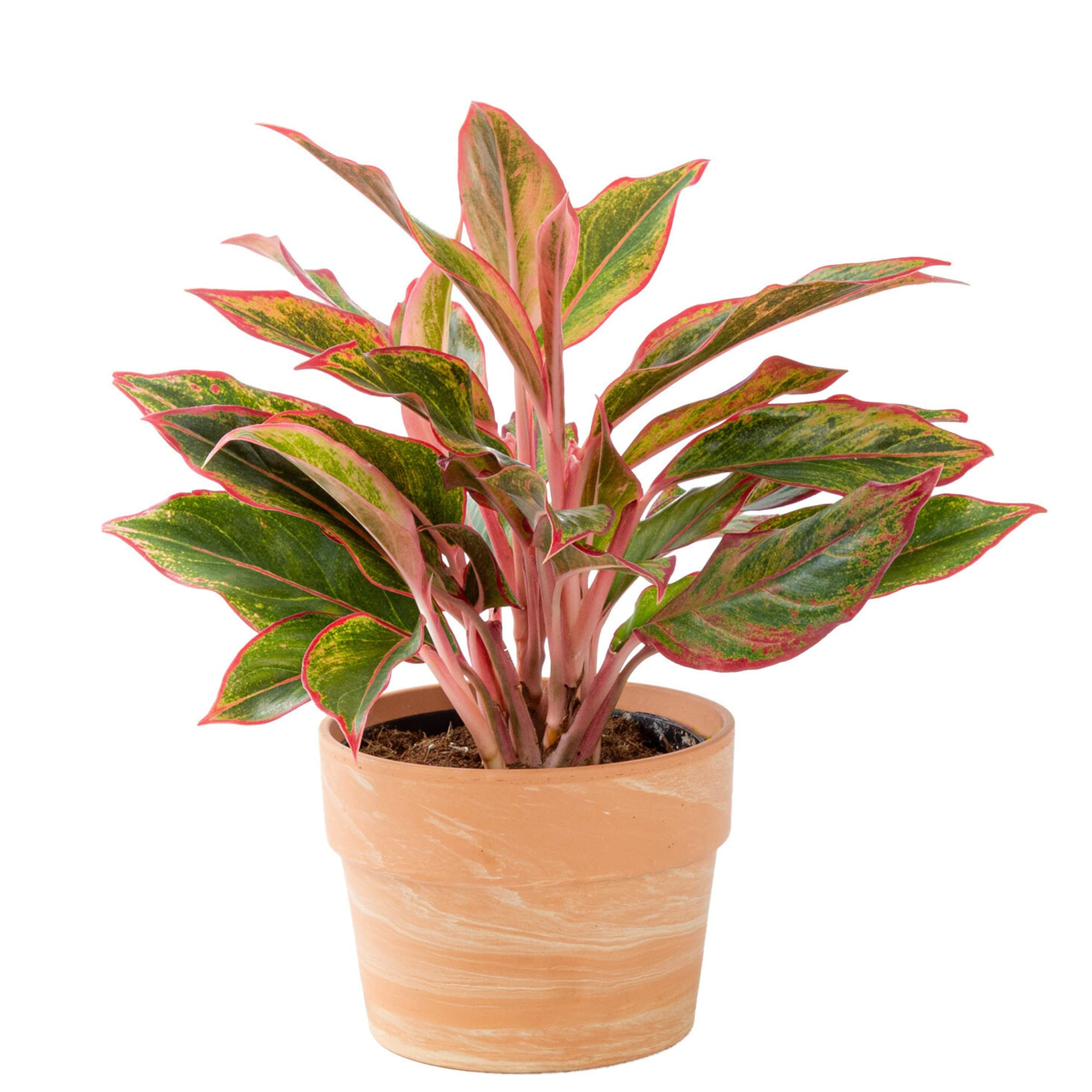
Chinese Evergreen (Aglaonema modestrum) – contains insoluble calcium oxalates which can cause painful gastrointestinal symptoms (same symptoms as pathos)

Desert Rose (Adenium obesum) – can cause mouth blistering, excessive drooling, and vomiting

Asparagus fern (Asparagus setaceus) – if berries are ingested, it can cause abdominal pain, vomiting, and diarrhea
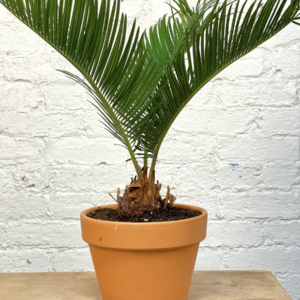
Some plants can be even more dangerous for your dog. Sago Palms are particularly common landscape plants that are infamous for causing living damage, which can be fatal.
What are some symptoms of plant-related poisoning?
If you think your dog might have ingested poisonous houseplants or even parts of the plant, call your vet immediately, especially if you see any of these common symptoms or the clinical signs of plant-related poisoning:
- skin irritation
- abdominal pain
- mild to severe vomiting
- diarrhea
- excessive drooling
- lethargy or depression
- difficulty breathing
- difficulty swallowing, oral irritation, severe swelling of the mouth
Keeping your pet safe starts with education. If you know the potential dangers these plants pose to your furry companion, you can avoid severe or life-threatening consequences for your dog such as liver failure, kidney failure, and even death.
Preventing Your Dog from Ingesting Toxic Houseplants
Is your dog especially curious about your indoor plants or your exterior landscaping? Try these four tips to keep your furry pal safe:
- Teach your dog to leave plants alone
Training your dog to obey the “No!” cue in a firm voice is essential. When you catch your dog approaching the easter lilies, use the “No!” cue and redirect their attention to an appropriate toy or activity. Always praise your dog for their good listening skills to reinforce positive behavior. - Keep plants out of reach
Place highly toxic houseplants in areas that are inaccessible to your dog. Put the sago palm on an elevated stand, the spider plants in hanging baskets, or use dedicated plant shelves for that beloved desert rose. By keeping plants safely out of reach, you can minimize the chances of accidental ingestion.
Even if other plants are considered non toxic to your dog, keep them out of reach so your dog learns that plants are off-limits. - Supervise your dog at all times
Dogs can be curious and mischievous when left unsupervised. When you’re at home, keep a watchful eye on your four-legged pal to ensure they do not approach or attempt to chew on any plants. If you’re unable to closely monitor your dog, confine them to a crate or a dog-proofed area. - Should you use deterrents?
While you may see advice recommending that you use something “bad tasting” such as lemon juice on a plant so that your dog is deterred from eating it, this is not a good idea. There really is nothing that’s “bad tasting” enough to a dog that wouldn’t also harm a plant. Dogs actually find almost everything tasty, and lemon juice isn’t going to discourage a nibble!
What to Do If Your Dog Ingests a Toxic Plant
Accidents can happen, despite your best efforts to be vigilant. If you suspect ingestion or witness your dog ingesting a toxic house plant, it’s absolutely critical to act promptly. Here are the steps to take:
- Stay calm: It’s natural to feel panicky, but maintaining a calm demeanor will help you think clearly and take appropriate actions.
- Remove the plant: If you can do so safely, remove the poisonous plant from your dog’s vicinity to prevent further ingestion.
- Identify the plant: If possible, identify the plant your dog has ingested. Take a sample or a clear photo of the plant to help the veterinarian or poison control expert determine the best course of action. There are apps you can use on your phone to identify common plants from a photo.
- Contact a professional: Reach out to the ASPCA’s Animal Poison Control Center at 888-426-4435 or the Pet Poison Helpline at 800-213-6680 immediately. These experts will provide guidance based on the specific plant and symptoms exhibited by your dog.
- Follow professional advice: Follow the instructions provided by the professionals carefully. They may instruct you to induce vomiting or bring your dog to a veterinarian for further examination and treatment.
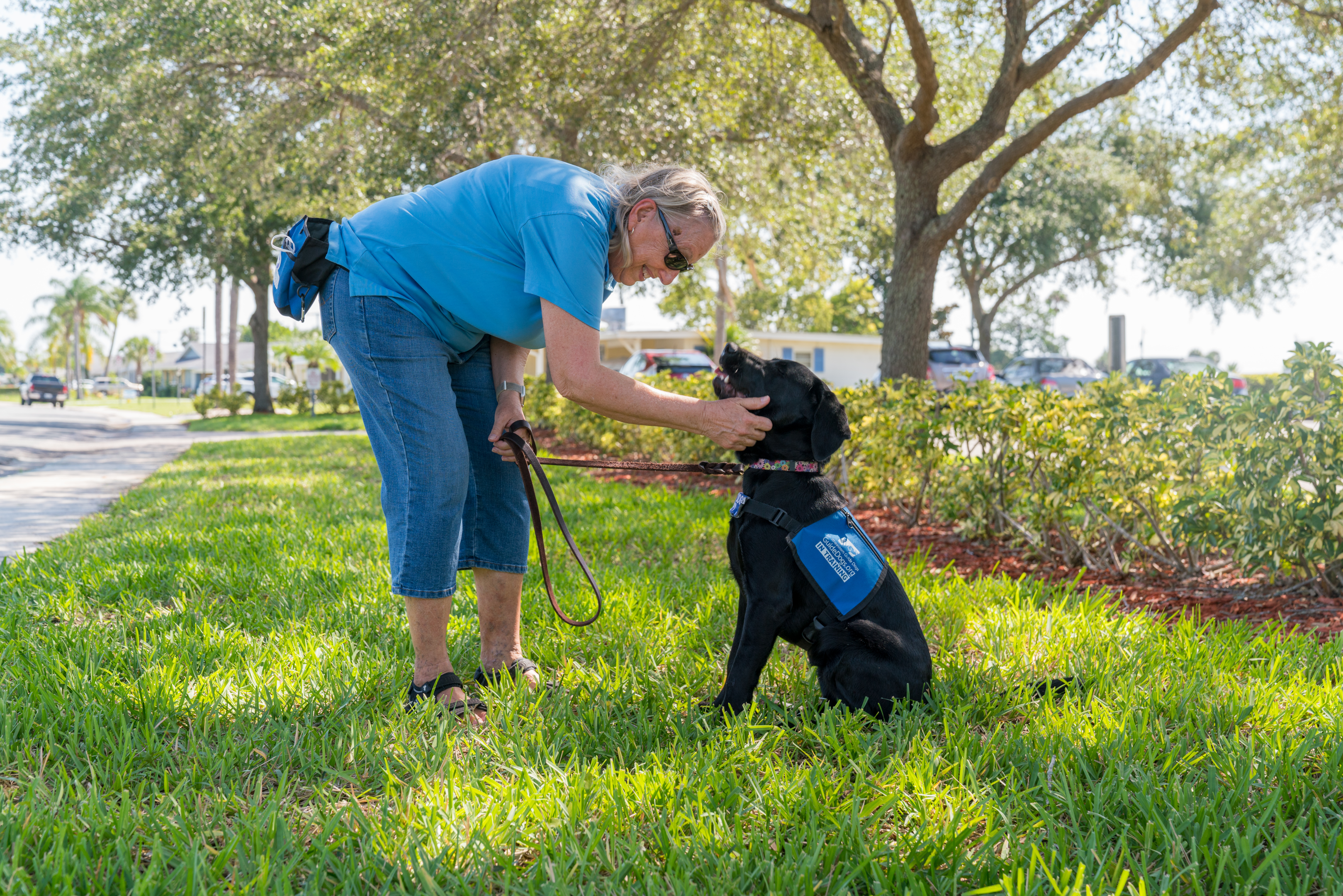
Your Dog Needs Your Help!
Did you know that dogs do not have an inherent knowledge of which plants are toxic and which are not? They rely on their senses, including smell and taste, to investigate their environment. While some dogs may instinctively avoid certain plants due to their taste or smell, many dogs may not be able to distinguish toxic plants from non toxic plants.
Dogs also have unique, individual sensitivities and reactions to plants, so the severity of the toxicity can vary based on factors such as the type and amount of plant ingested, the size of the dog, and their particular physiology.
Training and prevention will protect your dog from poisonous plants. By teaching your dog to leave plants alone and taking steps to prevent their access to plants, you can significantly reduce the risk of ingestion and potential poisoning.
Even if the plant is only mildly toxic, err on the side of caution and assume that any unfamiliar plant may be moderately toxic or even severely toxic to your precious pup.
Educating yourself about toxic houseplants and implementing preventive measures is key to ensuring your dog’s safety and well-being. Remember to train your dog to leave plants alone, keep them out of reach, supervise them diligently, and use safe deterrents when necessary.
In the unfortunate event that your dog ingests a harmful plant, seek immediate professional assistance to provide the best chance of a positive outcome. By being proactive and vigilant, you can create a safer environment for your beloved furry friend.
Where can you get expert advice on dogs and toxic plants?
One of the most reputable organizations specializing in toxic plants and their effects on animals, including cats and dogs, is the American Society for the Prevention of Cruelty to Animals (ASPCA). The ASPCA operates an Animal Poison Control Center (APCC) that offers expertise and guidance on pet poisonings, including plant toxicity. They have a team of veterinarians and toxicology experts who can provide valuable information and assistance in case of plant-related emergencies.
The ASPCA’s Animal Poison Control Center can be reached at 888-426-4435. They provide 24/7 emergency assistance and can advise pet owners on potential risks, symptoms to look out for, and appropriate actions to take if a dog ingests a toxic plant.
Another reliable resource is the Pet Poison Helpline, a 24/7 animal poison control service staffed by veterinarians and toxicology experts. They can be contacted at 800-213-6680 for assistance regarding potential plant toxicities and other pet poisonings.
Both the ASPCA’s Animal Poison Control Center and the Pet Poison Helpline have extensive databases on toxic plants and can provide guidance based on the specific plant ingested, the symptoms exhibited by the dog, and other relevant factors. Consulting these organizations can help ensure the well-being of your dog and provide expert advice in a timely manner.
Remember: If your pet happens to ingest any of these plants, you can call the ASPCA’s Animal Poison Control Center at 888-426-4435 or the Pet Poison Helpline at 800-213-6680.
Learn More About Dogs Inc
Want to learn more about our mission—or even tour our campus? Discover how our guide dogs, service dogs, and skilled companion dogs bring hope to those facing significant challenges.
You Might Also Be Interested In:
Six Ways to Keep Your Dog Safe in the Summer Heat
Ask the Vet: Itchy Dogs and Allergy Management
Is Rawhide Safe for Your Dog? Do’s and Don’ts and Safety Tips


